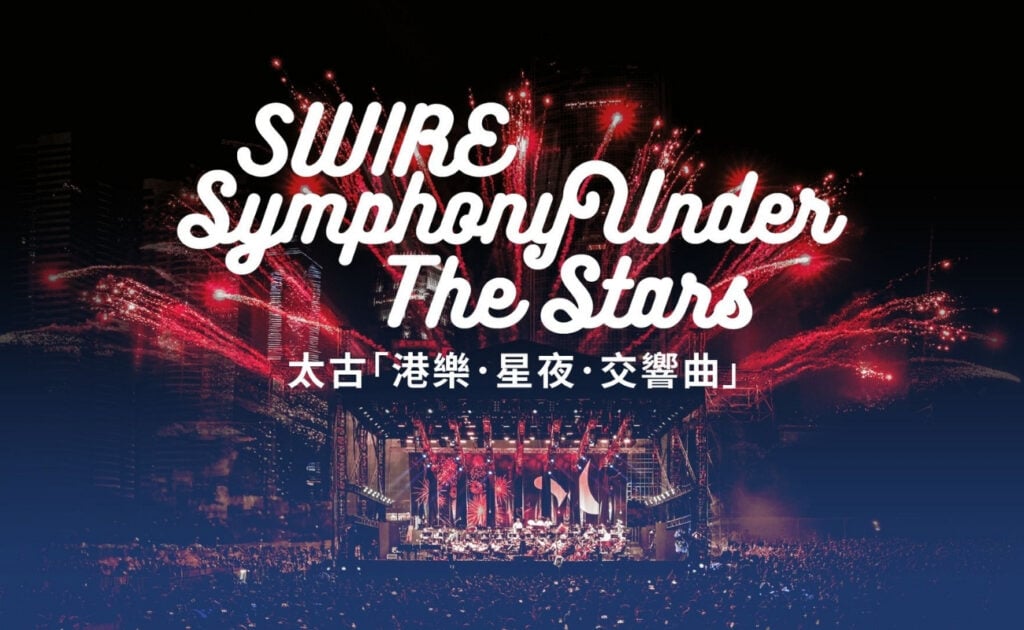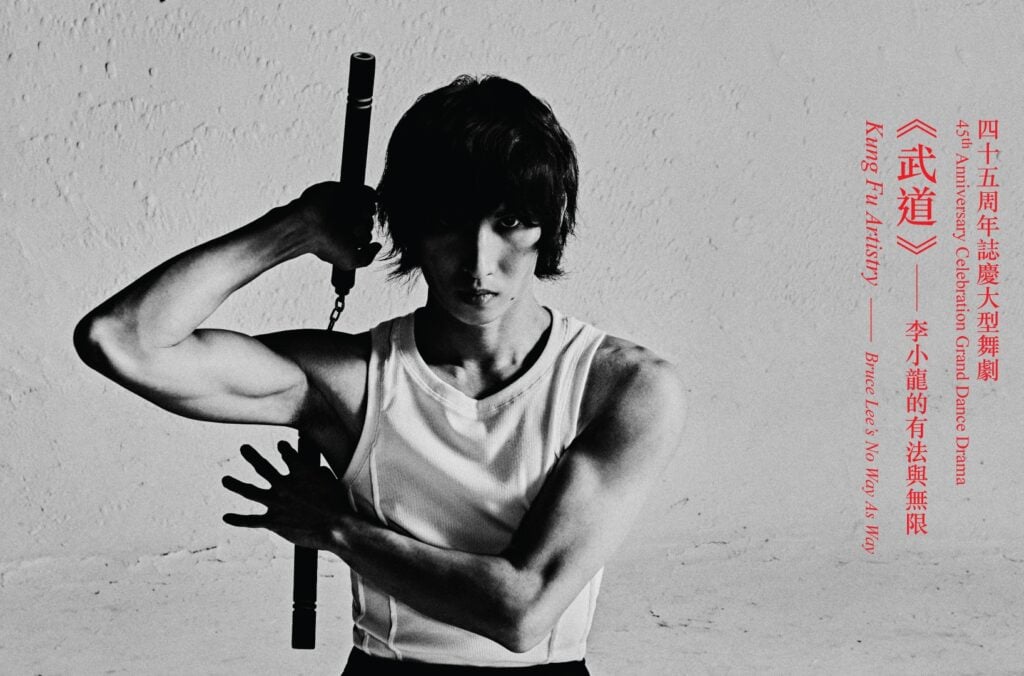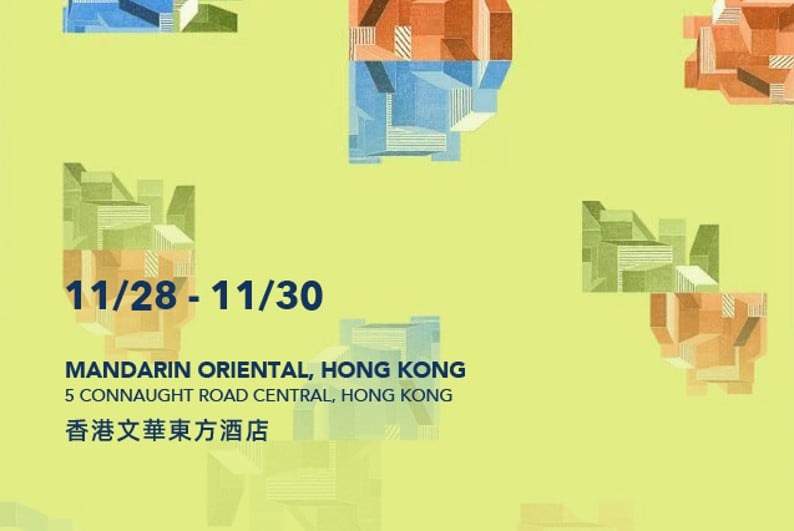
- This event has passed.
EVENT DESCRIPTION
M+ is pleased to present Canton Modern: Art and Visual Culture, 1900s–1970s. The Special Exhibition showcases twentieth-century Cantonese art and visual culture in its full complexity, highlighting its significance as an important chapter in visual and artistic modernism in China and beyond. Bringing together over two hundred works from institutional and private collections, many of which are on public display for the first time, the exhibition will open to the public from Saturday, 28 June to Sunday, 5 October 2025 in the Main Hall Gallery at M+. The exhibition is generously supported by Major Sponsor HSBC.
Canton Modern: Art and Visual Culture, 1900s–1970s tells a locally rooted story that reflects issues of contemporary and global resonance, including individual and collective identities, the meaning of images in a changing society, and the politics of culture. The port cities of Guangzhou (Canton) and Hong Kong were the birthplace of China’s modern revolution and a centre for radically new ways of thinking about art and its purpose. In the twentieth century, Cantonese artists departed from the elegant poetics of classical ink painting to create a new socially oriented realism, depicting subjects ranging from leisure and labour to war and disaster. They worked as journalists and publishers, using mass mediums like print, photography, and cartoons to reflect and even reform society. After the founding of the People’s Republic of China in 1949, Guangdong and Hong Kong went on divergent paths. Cantonese artists in the mainland shaped the nation’s self-image through Socialist Realism and propaganda, while their contemporaries in Hong Kong continued to embrace international movements. Nonetheless, a complex sympathy endured, grounded in a shared artistic legacy.
This Special Exhibition showcases works in various mediums by Guangdong and Hong Kong artists, including ink painters Chao Shao-an, Gao Jianfu, Guan Shanyue, and Wong Po-yeh; oil painters Lee Byng, Ou Yang, Ting Yin Yung, and Wong Siu-ling; printmakers Gu Yuan, Huang Xinbo, and Li Hua; cartoonists Liao Bingxiong, and Yip Yan-chuen; and photographers Chan Chik, Sha Fei, and Yau Leung. It offers fresh but historically grounded perspectives on the role of art and artists in driving social reform and constructing contemporary realities through four thematic sections:
Image and Reality
Early twentieth-century Cantonese artists advocated realism in painting as part of a national drive towards modernisation. Borrowing from Japanese and Western art, they departed from traditional literati poetics to address the concerns and experiences of the real world. They were keenly aware of the power of images, becoming early adopters of mass mediums like photography, print, and pictorial publications to distribute news and ideas. This section establishes the relationship between image and reality as a theme of the exhibition as it explores the dynamics of this connection across different historical periods and political environments.
Identity and Gender
During the upheavals of the twentieth century, Cantonese artists had multiple identities as revolutionaries, government officials, journalists, fundraisers, and propagandists. Leftist artists aligned themselves with the working class and made unflinching representations of wartime suffering and social inequalities. This section also considers the changing role of women, juxtaposing traditional works that objectify women with those in which female artists confidently assert their agency. In Socialist Realist art, the modern ‘new woman’ is co-opted as a symbol of national vigour to legitimate her new role in the public sphere.
Locality and Nationhood
Modern Cantonese artists documented their region’s culture and geography with realist specificity and pride, while wartime strife and displacement also encouraged them to represent the nation as a whole. After 1949, they played a pivotal role in shaping the image of the new People’s Republic. Notably, Guan Shanyue, an important artist of the Lingnan School, was commissioned to co-create the monumental painting This Land So Rich in Beauty with Fu Baoshi for the Great Hall of the People in Beijing in 1959. As Cantonese artists gained recognition, they also became part of the national agendas.
Parallel Worlds
The final section addresses the connections and disconnections between Guangdong and Hong Kong after 1949. It features artistic representations of water shortages and fires in Hong Kong’s squatter settlements during the 1950s and 1960s, which impacted many mainland immigrants and reflected broader issues of poverty and cultural identity. During the Cultural Revolution, propaganda art and theatre productions promoted Communist Party ideals and shaped everyday behaviour in the mainland. Across the border in Hong Kong, Communist sympathisers replicated these theatrics of mass mobilisation.
Dai Guangyu: And Thus Is This Land
In conjunction with this Special Exhibition, And Thus Is This Land, a participatory performance by artist Dai Guangyu, will be presented in the Focus Gallery on L2 from Saturday, 14 June to Sunday, 10 August 2025. Dai will invite more than 200 artists and art students to collaborate in recreating This Land So Rich in Beauty (1959), a monumental landscape by Fu Baoshi and Guan Shanyue, a master of the Lingnan School. Over the course of a month, participants will each paint a segment of the landscape, and these parts will be assembled into a complete composition. Navigating the tension between copying and adapting, the participants will create a brand-new work that honours the 1959 original, which is an icon of modern Chinese art history and a symbol of Cantonese art’s rise to national prominence.
Details
- Start:
- 28 June
- End:
- 5 October
- Admission:
- $240
- Event Category:
- Heritage, Multimedia, Painting


